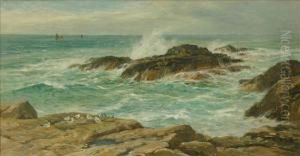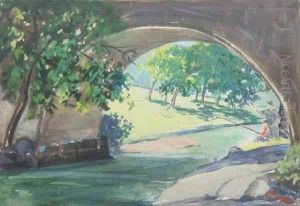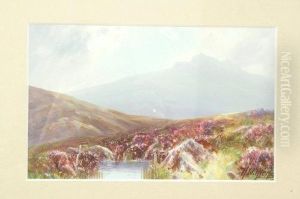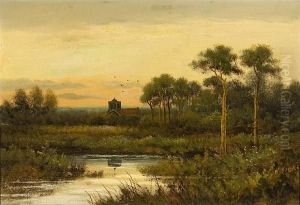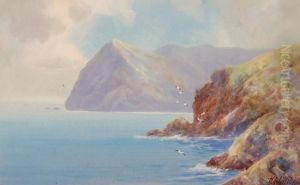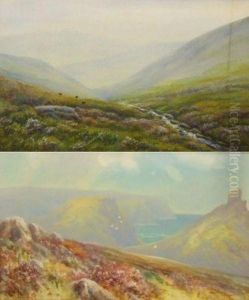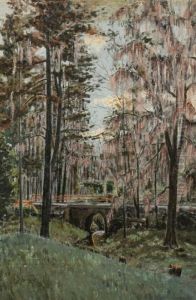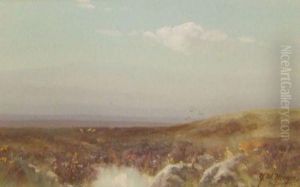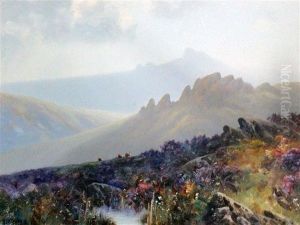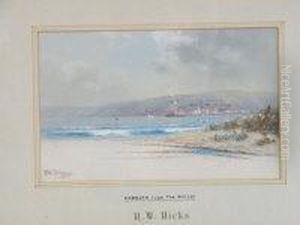Herbert William Hicks Paintings
Herbert William Hicks was an English artist best known for his paintings that captured the essence of the English countryside, its landscapes and rural life. Born in the late 19th century, Hicks came of age during a period of significant change and transformation in England, which was reflected in the shifting styles and themes of his artwork.
Hicks received his artistic training at the Royal College of Art in London, where he honed his skills in various mediums, including oil painting and watercolor. He was influenced by the pastoral themes of the 19th-century Romantic movement, as well as by the impressionistic techniques that were gaining popularity during his lifetime.
Throughout his career, Hicks exhibited his work at various galleries and was recognized for his ability to capture the changing moods of nature, from the tranquil to the tempestuous. His paintings often featured rural scenes, from peaceful farmlands to bustling village markets, always imbued with a sense of realism and attention to detail.
Despite not being as widely known as some of his contemporaries, Hicks contributed to the British art scene with his unique perspective on rural life. His oeuvre reflects a nostalgia for the disappearing rural landscapes of England, which were being rapidly altered by industrialization and urban expansion.
Hicks' work received acclaim during his lifetime, and he was an active member of the art community until his death in 1944. His legacy continues to be appreciated by those who value traditional English landscapes and the preservation of a way of life that has since faded into history.
